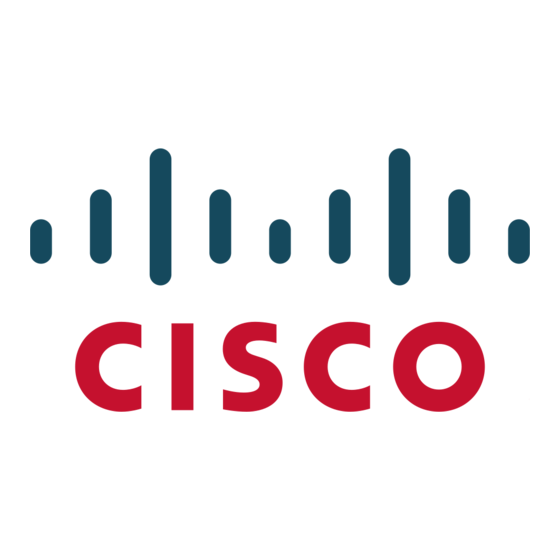CUCM Integration with Content Server 6.2
Field
Allow Overlap Sending
Urgent Priority
Require Forced
Authorization Code
Authorization Level
Require Client Matter
Code
Calling Party Transformations
Cisco TelePresence Content Server Release 6.2.1 Administration and User Guide
3-30
Chapter 3
Configuring a Cisco Unified Communications Manager SIP Trunk with a Cisco TelePresence
Description
With overlap sending enabled, when Cisco Unified Communications
Manager passes a call to the PSTN, it relies on overlap sending in the
PSTN to determine how many digits to collect and where to route the call.
Check this check box for each route pattern that you consider to be
assigned to a gateway or route list that routes the calls to a PSTN that
supports overlap sending.
The CMC and FAC features do not support overlap sending because the
Cisco Unified Communications Manager cannot determine when to
prompt the user for the code. If you check the Require Forced
Authorization Code or the Require Client Matter Code check box, the
Allow Overlap Sending check box becomes disabled.
If the dial plan contains overlapping route patterns, Cisco Unified
Communications Manager would not route the call until the interdigit
timer expires (even if it is possible to dial a sequence of digits to choose a
current match). Check this check box to interrupt interdigit timing when
Cisco Unified Communications Manager must route a call immediately.
If you want to use forced authorization codes with this route pattern, check
this check box.
The FAC feature does not support overlap sending because the Cisco
Unified Communications Manager cannot determine when to prompt the
user for the code. If you check the Allow Overlap Sending check box, the
Require Forced Authorization Code check box becomes disabled.
Enter the authorization level for the route pattern. The number that you
specify in this field determines the minimum authorization level that is
needed to successfully route a call through this route pattern.
To activate the authorization code, you must check the Require Forced
Authorization Code. If you do not check the check box, a message
displays when you insert the route pattern that indicates that the
authorization code cannot be activated. To activate the code, click Cancel,
check the Require Forced Authorization Code check box, and click
Insert. To activate the code at a later time, click OK.
If you want to use client matter codes with this route pattern, check this
check box.
The CMC feature does not support overlap sending because the Cisco
Unified Communications Manager cannot determine when to prompt the
user for the code. If you check the Allow Overlap Sending check box, the
Require Client Matter Code check box become disabled.

